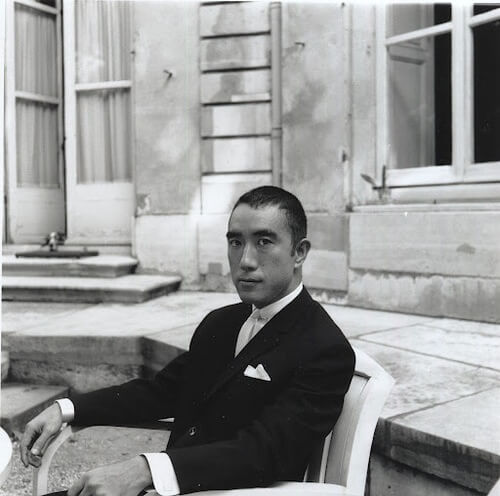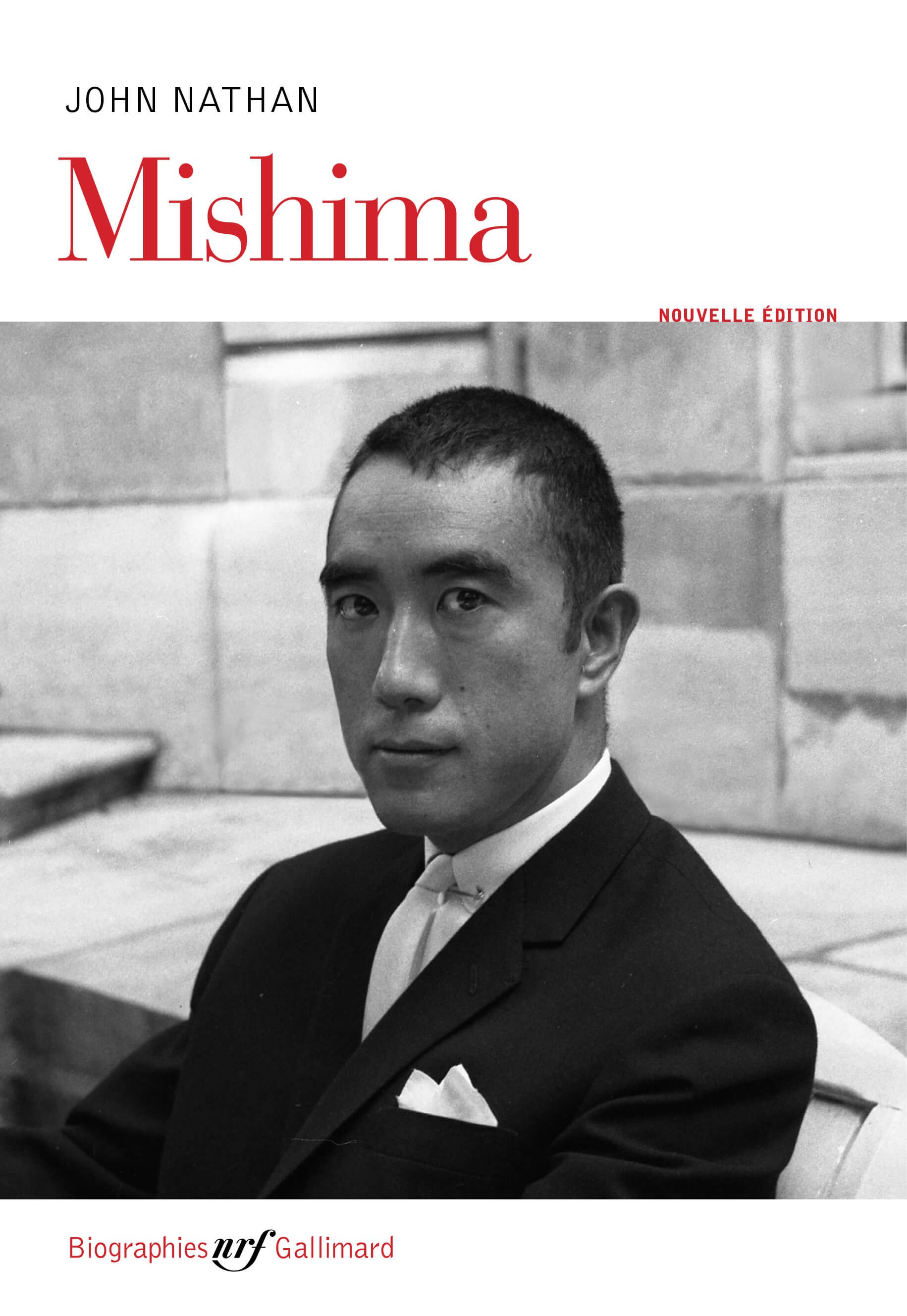A Personal Portrait of Mishima Revealed by John Nathan
One of the author's translators published a biography that traces the intimate outlines of one of Japan's most divisive writers.

© Gallimard
One particularly significant event is remembered from the life of Yukio Mishima: his suicide by seppuku, emblematic of the samurai tradition, on 25 November 1970. This act often compels people to discover him in reverse, rewinding his life and work starting from his death. Although Yukio Mishima instilled a great deal of himself in his work (his homosexuality in Confessions of a Mask and his attraction to death and Japanese tradition in Hagakure: Samurai Ethic and Modern Japan), it can be difficult to grasp who he truly was. A novelist, playwright, and poet, bodybuilding enthusiast and militarist, he was convinced that Japan had everything to lose under democracy.
Who, then, could do a better job of trying to assemble the pieces of the puzzle that Yukio Mishima represents than one of his official translators? John Nathan spent time with the author in Tokyo from 1963 to 1965 while translating his novel The Sailor Who Fell from Grace with the Sea. A member of his innermost circles, he knew Yukio Mishima intimately before an event put an end to their friendship and professional collaboration: John Nathan declined the author’s offer to translate Silk and Insight, and instead opted to work on A Personal Matter by Kenzaburo Oe, a left-leaning writer whose values were therefore diametrically opposed to Yukio Mishima’s.
Unravelling the mystery of Mishima
Despite this, John Nathan was enlisted to write the biography of this author who, at the age of 45, left behind 40 novels, 18 plays, and 20 volumes of short stories. He therefore had the challenging task of telling the story of the author who was fascinated by samurai clans and who, as he explains, only shared the parts of himself that he chose to. ‘When he died, all of his friends had to admit that they had not suspected anything and acknowledge, at the same time, the painful truth: all they had known of Mishima was what Mishima had wanted them to know of him.’
John Nathan gathered together his memories and met Yukio Mishima’s widow, friends, and parents to reconstruct the author’s life in a chronological manner. First published in 1974, the book was reissued in 2020 to mark the 50th anniversary of the author’s death. This version has a new preface in which John Nathan revisits the delicate and inevitably fragmentary and subjective task that was involved in building this biography of a multifaceted man. ‘Any biography written so close to the death of the person it is about is susceptible to requiring subsequent factual and interpretative additions. I dare to hope that in spite of its gaps, my book will help the reader to probe the enigma that was Yukio Mishima.’
Mishima (2020), a book by John Nathan, is published by Da Capo Press.

© Gallimard
TRENDING
-
The Tattoos that Marked the Criminals of the Edo Period
Traditional tattoos were strong signifiers; murderers had head tattoos, while theft might result in an arm tattoo.

-
Chiharu Shiota, Red Threads of the Soul
Last year, more than 660,000 people visited the retrospective 'Chiharu Shiota: The Soul Trembles' exhibit at the Mori Art Museum.

-
‘Before Doubting Others, Doubt Yourself. Who Can Truly Say a Dish Isn’t What It Used to Be?’
In ‘A Non-Conformist’s Guide to Surviving Society’, author Satoshi Ogawa shares his strategies for navigating everyday life.

-
The Story of Sada Yacco, the Geisha who Bewitched Europe
Described by Dazed magazine as the first beauty influencer, she has been restored to her former glory since 2019.

-
Ito Jakuchu's Naturalist Paintings
From 15 September until 14 October 2018, the Petit Palais showcased the artist's iconic ‘Images of the Colourful Realm of Living Beings’.





